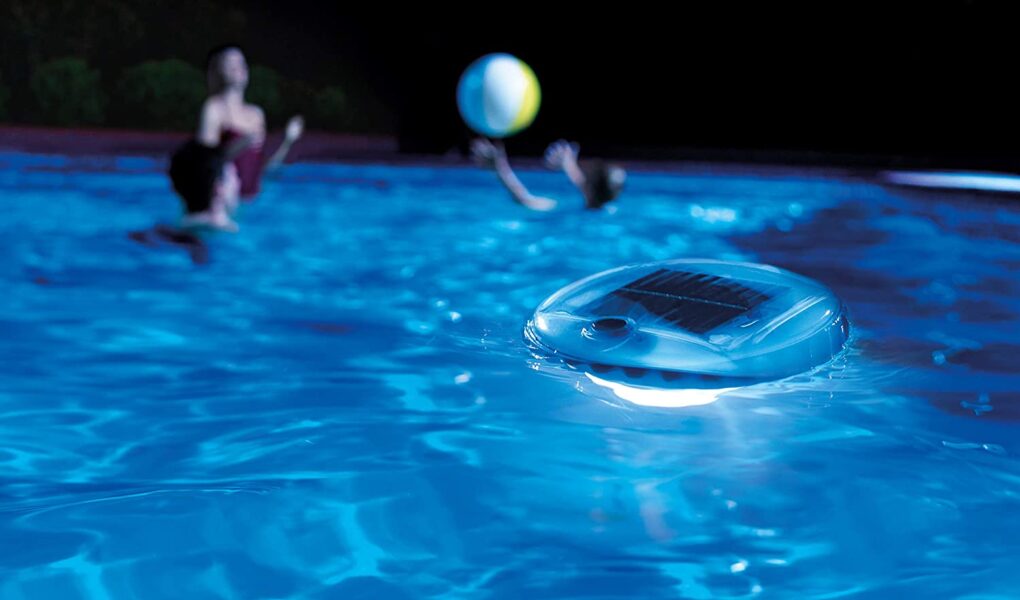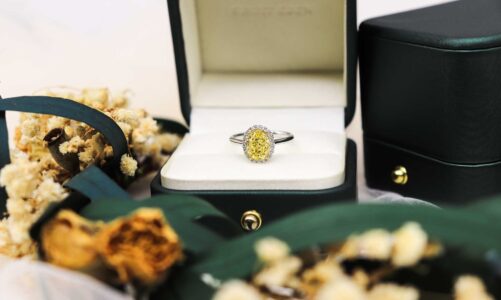LED technology has revolutionized the underwater pool lighting design industry in recent years, offering a wide range of advantages and opportunities for pool owners. LEDs have drastically improved the quality, brightness, and overall look of underwater lights while providing more efficient energy use, longer lifespans, and higher levels of safety than ever before.
This article will explore the impact LED technology has had on underwater pool lighting design, from its potential to transform aesthetics to its environmental benefits. We will also look at some practical considerations when using LED lights in an underwater setting.
By exploring these topics we can gain a greater understanding of how LED technology is transforming the world of water-based illumination.
Introduction to LED Technology
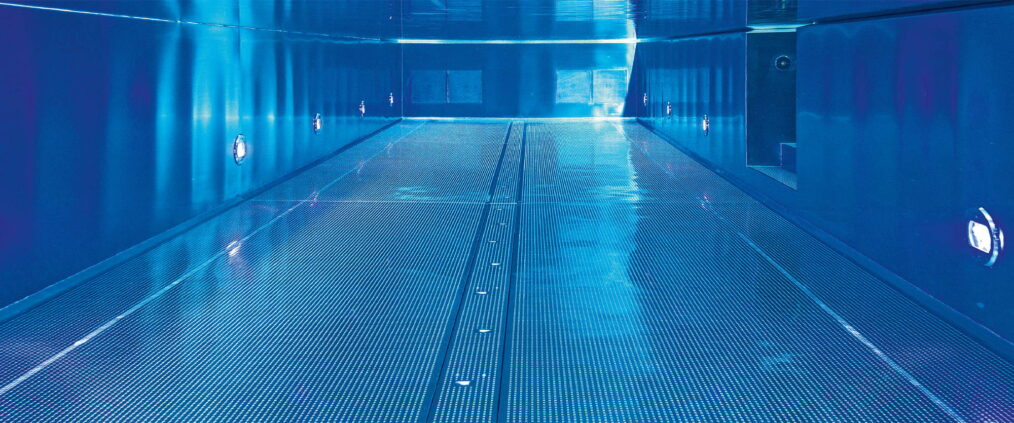
LED technology has revolutionized the world of underwater pool lighting design. It offers great advantages compared to traditional lighting sources, including increased energy efficiency and lifespan. In this article, we will explore what LED technology is and how it can be used in underwater pool lighting design.
Well also look at some of the most popular types of light available so you can make an informed decision when designing your pool’s lighting system. Finally, will discuss the importance of proper installation and maintenance for optimal performance. With all this information, you will be ready to bring your dream pool project to life with LED technology!
Benefits of Utilizing LED Lighting for Underwater Pool Design
LED lighting has a range of benefits when it comes to underwater pool design. It offers energy-saving capabilities, with many LED lights requiring up to 80% less energy than traditional bulbs. This means that the cost of operation is reduced significantly, while also helping to reduce environmental impact since fewer resources are required for electricity generation and transportation.
Additionally, LED lights last much longer than their traditional counterparts; they can be used for between 30 000 and 50 000 hours before needing repairs or replacements. Another great benefit of LED lighting in underwater pool design is its flexibility; these lights come in an array of colors, sizes, and shapes which allows for creative designs tailored to individual requirements.
Furthermore, LEDs have an instantaneous start-up time compared with other types of lamps which makes them ideal for creating dynamic effects as well as ensuring safety during night swimming sessions. Finally, because LEDs do not emit heat like regular lightbulbs do they are safer around water!
Challenges of Implementing LEDs in Pool Design
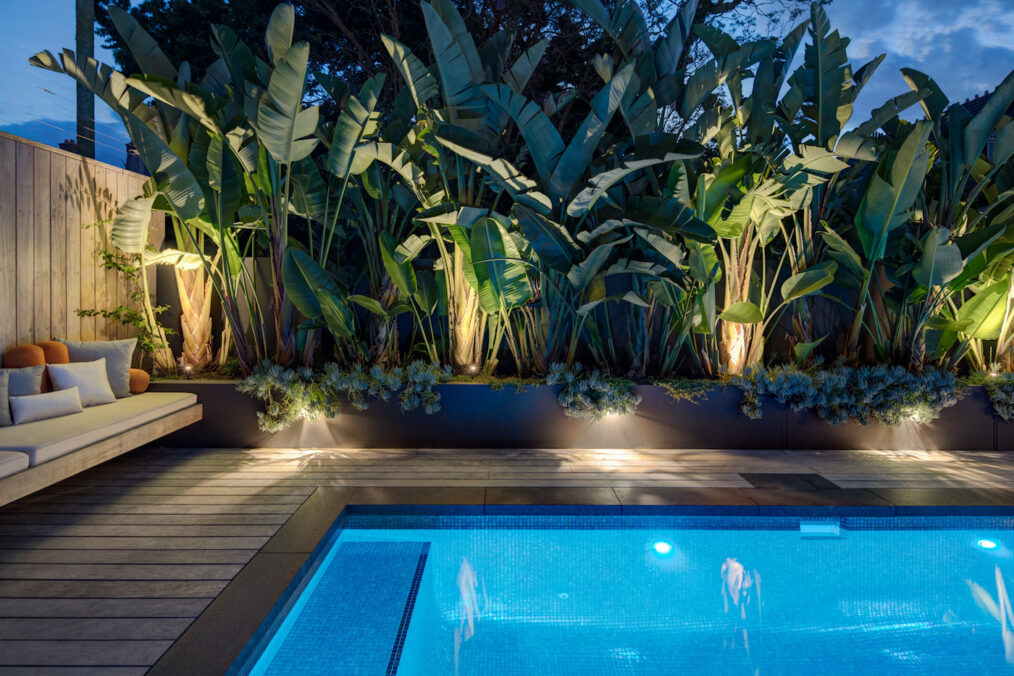
The implementation of LED technology in underwater pool lighting design has the potential to revolutionize the way pools are illuminated. However, there are some challenges associated with this type of lighting that must be taken into consideration.
One challenge is cost: LEDs tend to be more expensive than traditional bulbs for equivalent illumination levels and require an initial outlay before any savings can be achieved. Additionally, many older pools may require modifications to accommodate new LED lights because they were designed to use traditional bulbs.
Finally, while LEDs offer a higher level of control over light levels and color temperature, designers need to consider how these settings will impact users’ perception when used underwater in a swimming pool environment. As such, working with experienced professionals who understand the nuances of using LED lighting systems can help ensure successful results and maximum satisfaction from customers.
Cost-Benefit Analysis of LED Lighting for Pools
LED lighting for pools is a great investment that can have a positive financial impact on pool owners. By replacing traditional halogen and incandescent light bulbs with LED lights, pool owners can reduce their energy costs significantly and enjoy enhanced visibility underwater. A cost-benefit analysis of LED lighting for pools provides an in-depth look at the potential savings associated with this technology. An important factor to consider when conducting a cost-benefit analysis is the initial cost of installing LED lights compared to the long-term savings they provide.
On average, it costs around $1,000 to install twelve high-quality LED lights in an inground swimming pool – depending on size and complexity – but many utility companies offer incentives or rebates which can further reduce installation expenses. Because LEDs use much less electricity than their predecessors, these upfront investments pay off over time as energy bills are reduced by up to 80%. In addition, because LED lights last up to 10 times longer than other types of bulbs, homeowners save money by not having to replace them as often.
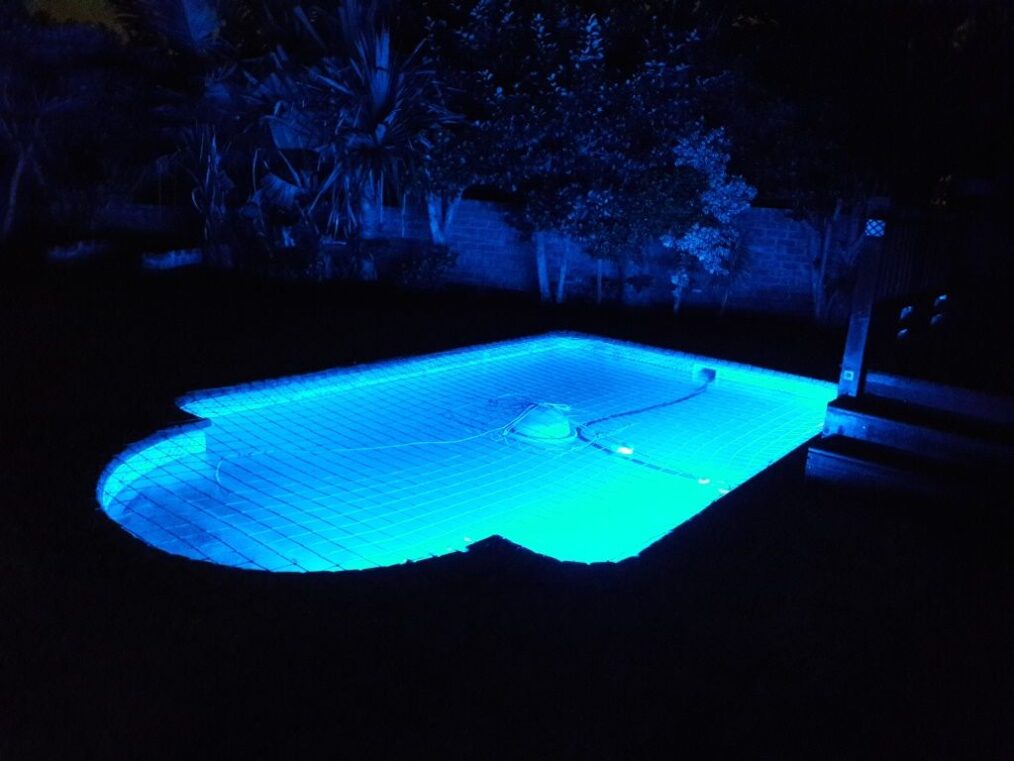
A second key factor in any cost-benefit analysis is how well LEDs perform against traditional lighting options when it comes to illuminating underwater areas such as steps or ladders. With more efficient lumens per watt output (the measure of visible light emitted from a source), LEDs typically produce brighter illumination while using fewer watts than other kinds of bulbs – meaning better visibility without sacrificing energy efficiency.
Additionally, since many models are designed with directional lenses that focus light downward rather than outward as traditional lamps do; this allows more intense beams of light without creating too much glare or surface reflection in the water – making it easier for swimmers to see underwater objects even at greater depths within the pool area.
When considering all factors involved in conducting a thorough cost-benefit analysis related to installing new LED lighting systems for pools – including initial setup fees versus long-term savings on power consumption plus superior performance when it comes to underwater illumination – no doubt switching out older technologies and embracing modern advancements such as LEDs will help ensure maximum return on investment over time while enhancing safety features around your backyard oasis throughout its lifetime!

